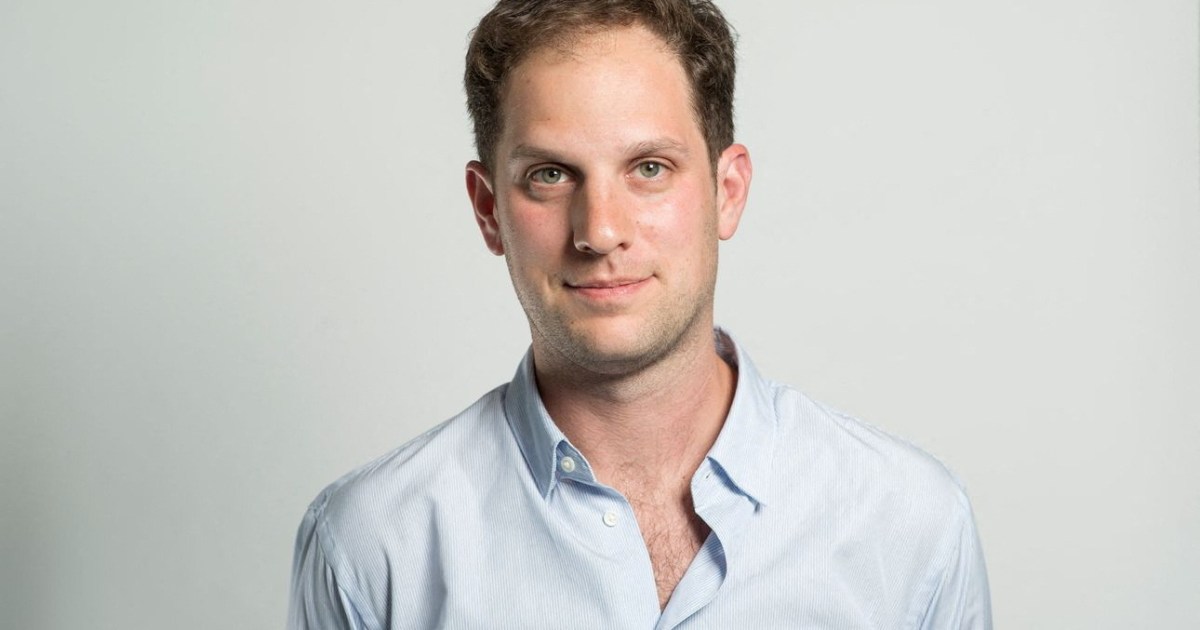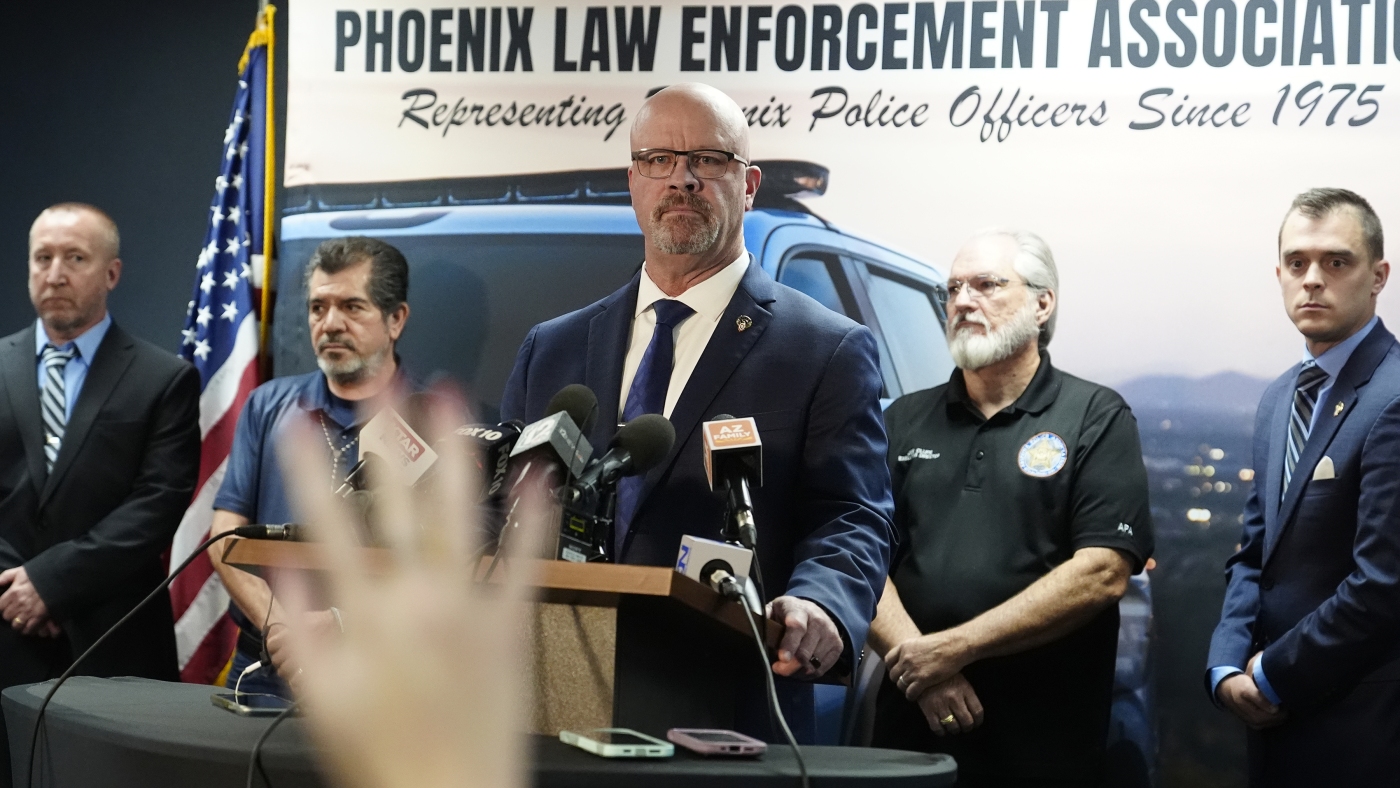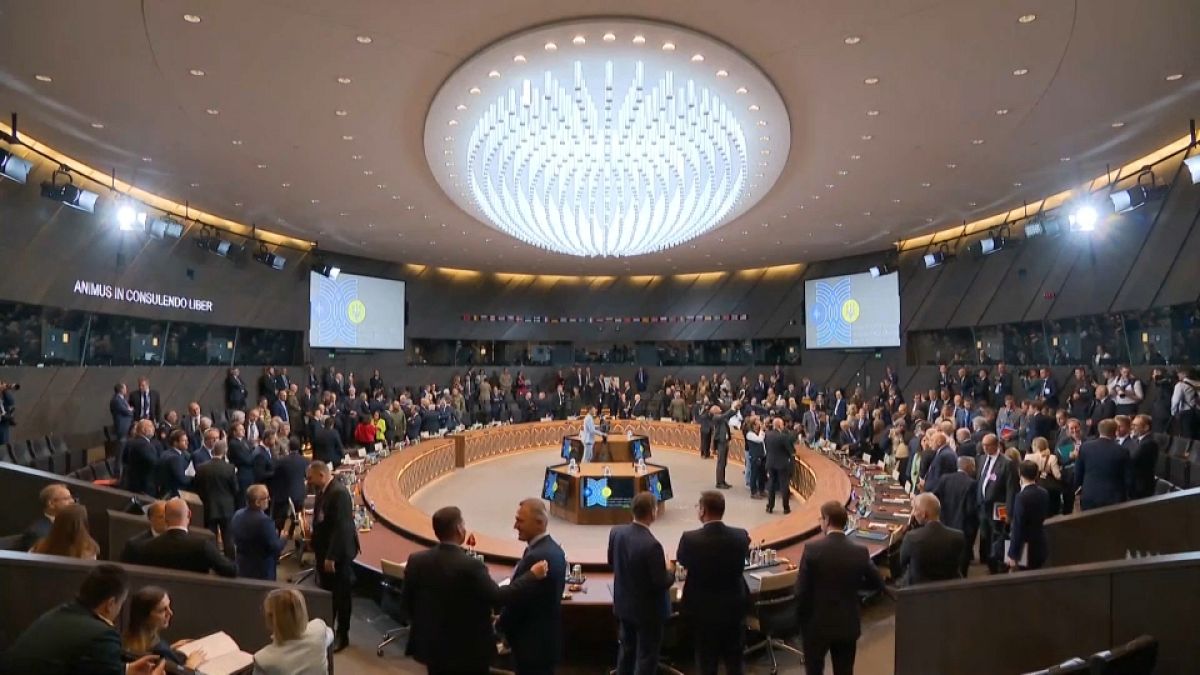Lifestyle
From jailhouse melodies to vanishing salmon, rejuvenate your listening history

VPM; Connecticut Public Radio; NCPR; WWNO; OPB; Colorado Public Radio

VPM; Connecticut Public Radio; NCPR; WWNO; OPB; Colorado Public Radio
Enjoy the spring bloom, get outside, listen to a new podcast! The NPR One team has gathered a few returning favorites as well as some fresh releases from across public media.
The podcast episode descriptions below are from podcast webpages and have been edited for brevity and clarity.
NPR Explains… — NPR


Sea Change — WWNO & WRKF


Sea Change is back with a brand new season. And this time, the stakes are even higher. We launch new investigations, travel around the world, and look at how a sea change is underway to solve some of our biggest problems. Come with us to investigate and celebrate life on our changing coasts. Every two weeks, we bring you stories that illuminate, inspire, and sometimes enrage, as we dive deep into the environmental issues facing coastal communities on the Gulf Coast and beyond. We have a lot to save, and we have a lot of solutions. It’s time to talk about a Sea Change.
Listen to “All Gassed Up, Part 1: The Carbon Coast.”
Lost Patients — KUOW


Imagine a sprawling house in which every room, doorway, and hall passage was designed by a different architect. Doorways don’t connect. Staircases lead to nowhere. Rooms are cut off from each other. That’s how reporter Will James describes our complicated system for treating people with severe mental illness – a system that, almost by design, loses patients with psychosis to an endless loop between the streets, jail, clinics, courts and a shrinking number of hospital beds. Lost Patients is a deeply-reported, six-part docuseries examining the difficulties of treating serious mental illness through the lens of one city’s past, present and future. With real-life testimonials from patients, families, and professionals on the front lines, Lost Patients provides a real, solutions-oriented look at how we got stuck here…and what we might do to break free.
Listen to part one, “Churn.”
The Modern West — Wyoming Public Media


Exactly 100 years to the day after a woman named Eleanor Davis became the first recorded woman to ever climb the Grand Teton – a nearly 14,000 foot-tall mountain that’s the namesake for Grand Teton National Park – an all-female group of climbers is summiting the peak to celebrate her legacy. Hannah Habermann tagged along for the adventure.
Start listening to part one of High Altitude Tales, “Courage is a Muscle.”
Throughline — NPR


How did we get here? That’s the driving question behind Throughline’s series, Origins of the Middle East Conflict. The series explores Hamas’ roots in early Islamist movements, the influence of Iran and Hezbollah in their adoption of suicide bombing and other violent strategies, the role the Palestine Liberation Organization played, how both Intifadas moved the needle, and the roles of Israeli, Palestinian, and US politics in bringing us to the moment we’re in today.
Listen to “The Rise of the Right Wing in Israel.”
¿Quién Are We? — Colorado Public Radio


Get ready for a new season of ¿Quién Are We?, a podcast about being Latinx, Hispanic, Chicana – or however you identify – and the beautiful things that make us who we are. Host and journalist May Ortega is back with more everyday stories of incredible people who are exploring their heritage through their personal passions. You’ll hear from an artist, an anthropologist and a game-maker. You’ll hear about the relationship between two enemies, turned lovers and the connection between a father and son. Most importantly, you’ll hear yourself in these stories.
Start listening to “The Therapist.”
Track Change — VPM


As four men are held in a Virginia jail, they record an album to chronicle their efforts to break free from an oppressive cycle of addiction and incarceration. In each music-infused episode of this documentary series, host and trailblazing hip-hop artist Speech Thomas meets a musician at a crossroads in their uphill struggle for freedom, learns what brought them to this inflection point, and helps them record a song that captures this critical moment in their life. From soulful country to fiery hip-hop and haunting R&B, this music affirms the lives of people who are written off by society. And amidst a re-entry crisis afflicting millions of Americans every year, these intimate stories from behind the walls of a local jail ask: What does it take to rebuild a life after incarceration?
Listen to episode 1, “I Wrote This to Inspire.”
Salmon Wars — OPB


Salmon Wars tells the story of salmon in the Northwest in a way you haven’t heard before – through the voices of one Yakama Nation family who have been fighting for salmon for generations. We dig in to uncover who is to blame for the salmon vanishing, what can be done before it’s too late and why their disappearance impacts all of us…
Listen to “Ep 1: The Family.”
Unforgotten: Connecticut’s Hidden History of Slavery — Connecticut Public Radio


When we think of slavery in the United States, we don’t usually think of the North. But enslaving people was legal in Connecticut for more than 200 years and did not officially end until 1848. In our first episode, Reporter/Producer Diane Orson and Editorial Consultant and Curator Frank Mitchell dive into complicated questions: Who owns this history? Who should present it? In what ways was this history hidden? There’s a deeply-rooted perception that the North was home to the “good guys,” the abolitionists. The truth is far different. Hear from people who are shedding light on this history and why it matters.
Listen to “Episode 1: Slavery has deep roots in New England.”
The Howl — NCPR


True stories. No notes. That’s the HOWL Podcast. Recorded live on stages in the upper reaches of Northern New York, the HOWL features stories about being hunted by Bigfoot, cooking on car engines, and taking your dog’s medication. Host Ethan Shantie pairs tales from his time as a writer, punk musician, and life-long New Yorker with stories from everyday people in communities all over New York’s “North Country.” In the latest and final episode of season two, Ethan shares the story of his bootlegging family, and live storyteller, Olivia, tells us about the world of underground jelly wrestling.
Listen to “I just found out my great grandparents were bootleggers.”
NPR’s Jessica Green and Jack Mitchell curated and produced this piece.

Lifestyle
David Lynch says he 'died a death' over the way his 'Dune' film turned out : Wild Card with Rachel Martin

David Lynch says he felt like he lived three different lives as a teenager.
Vittorio Zunino Celotto/Getty Images
hide caption
toggle caption
Vittorio Zunino Celotto/Getty Images

David Lynch says he felt like he lived three different lives as a teenager.
Vittorio Zunino Celotto/Getty Images
A note from Wild Card host Rachel Martin: David Lynch says that the first time he tried transcendental meditation, “It was as if I was in an elevator and someone snipped the cables — poof! Within I went.”
Down he plunged into his own subconscious.
And that analogy — of being in an elevator cut loose — is also what it feels like to absorb Lynch’s work. Whether it’s the TV show Twin Peaks or the movie Mulholland Drive, it feels like you are plunging into a dark and surreal part of the human psyche and it’s totally confusing but also thrilling.
And frankly, that feeling of being in the elevator in free fall is a little like what talking to him feels like. Our conversation started with some lovely memories of his childhood and then the elevator drops and suddenly we’re way deeper inside Lynch’s mind than I expected to go and we’re all just along for the ride.


At 78, Lynch is still making art. He’s planning on releasing a new album with the artist Chrystabell in August. He told me the music began as a sound experiment he was working on. When he got Chrystabell to sing over the music, he found “she is perfect for this and in ways I can’t really explain.”
That said, he doesn’t think the new music is an easy listen. He says even he was turned off by it initially: “First hearing it — total bulls***.” But, he also says it opened up to him with repeated listens. “Second hearing, a little bit less. Third hearing, beauty.”
The album’s title, Cellophane Memories, is a reference to the way the music moved him. “It just clicked as being like a friend. And it conjures memories … in listening to this, all these way-distant memories started bubbling up. Something about this music conjured memories.”
He says that will happen to anyone who listens: “You will find music that’ll bring back memories … that will bring so much beauty and happiness into your life. Beauty is so tender. It’s a tender music, but tender as in beautiful.”
This Wild Card interview has been edited for length and clarity. Host Rachel Martin asks guests randomly-selected questions from a deck of cards. Tap play above to listen to the full podcast, or read an excerpt below.
Question 1: What’s a moment from your childhood when you realized you wanted to make different choices than your parents?
David Lynch: I was on the front lawn of my girlfriend’s house — in the ninth grade. And I was meeting a fellow named Toby Keeler, who didn’t go to my high school. He went to a private school. And he was telling me that his father was a painter. And I thought at first his father was a house painter. But he said, “No, a fine art painter.” And a bomb went off in my head. A bomb that changed my life in a millisecond — completely changed my life.
And from that moment on, I wanted to be a painter — only that. So my father, being a research scientist for the Department of Agriculture, I never really wanted to be that. But wanting to be a painter, an artist, has made it for sure I wasn’t going to follow in my father’s footsteps.

Lynch poses in front of one of his artworks in 2007 at the Cartier Foundation for Contemporary art, during his exhibition “The Air is on Fire”.
Dominique Faget/AFP via Getty Images
hide caption
toggle caption
Dominique Faget/AFP via Getty Images
Rachel Martin: You had to have a high threshold for risk to pursue that path — or delusion, some might say. Where do you think that instinct came from, given that those weren’t things that were manifest in your parents’ life, necessarily?
Lynch: When you love something, there’s no problem. There’s no problem. You’re in love and you take whatever comes along. You’re in love.
Question 2: What was your form of rebelling as a teenager?
Lynch: Well, I lived three lives. I lived a home life. I lived a school life, with my sweetheart, my girlfriend. And the studio, you know, art life — and then also was a bit of a party animal.
So I had these three lives and I didn’t want any of them to mix, really. So I developed spasms of the intestines.
Martin: You developed a condition — so you created it for yourself? It was psychosomatic?
Lynch: It was a psychosomatic disease, yeah.
Martin: And what did it do for you?
Lynch: I s*** my pants. That’s what happened. It was a horrible thing. However, I’ll tell you a good side of this. The Vietnam War was cooking up around this time. And my father took me to a doctor because the spasms in the intestines. I got a [colonoscopy]. And the guy was a great doctor and he pretended that — as he was watching — that it was a racetrack. And he said, “Here they go around this corner! They’re going around — such and such number seven is in the lead! And they’re going around this corner!” — following the [colonoscopy], you know, as he was telling me about my intestines. Anyway, he said, “You have spasms of the intestines,” and he said, “By the way, I see on the X-rays, you have a vertebrae out of place, and if you ever get called for the army, I can give you these X-rays, and you probably won’t be called if you want to get out.”
So spasms of the intestines led to a doctor that helped me get out, and I didn’t have to go to Vietnam.
Question 3: What failure have you learned the most from?
Lynch: My film Dune. I knew already one should have final cut before signing on to do a film. But for some reason, I thought everything would be OK, and I didn’t put final cut in my contract. And as it turned out, Dune wasn’t the film I wanted to make, because I didn’t have a final say.
The trailer for David Lynch’s 1984 Dune.
YouTube
So that’s a lesson I knew even before, but now there’s no way. Why would anyone work for three years on something that wasn’t yours? Why? Why do that? Why? I died a death. And it was all my fault for not knowing to put that in the contract.
Question 4: Where have you experienced awe?
Lynch: My first meditation. I was at [the transcendental meditation] center and I’d just been taught. And I was taken to a little room and my teacher said, “Sit here, close the eyes. Sit here and start your meditation. I’ll be back in 20 minutes.”
So I sat and closed my eyes and started what I just learned and boom! It was as if I was in an elevator and someone snipped the cables — poof! Within I went. Whoa. Bliss. The bliss that makes you cry. So beautiful. So powerful. Transcendental meditation is garbage going out, gold coming in.

I always say we are living like in a suffocating rubber clown suit of negativity. We don’t want to be clowns. We don’t want to have this heavy stinking rubber all around us of negativity.
You start transcending every day, the rubber starts disintegrating, evaporating. And freedom comes. Bliss starts coming. It just happens automatically. It’s so beautiful. Why isn’t everybody and his little brother meditating? I don’t know. Go figure.
Martin: I have to say, you seem to truly have found some level of contentment that I don’t think a lot of people have found.
Lynch: It’s all there within. If it can happen to me, it can happen to anybody. And it’s a great trip we’re all on. It just makes it greater when you’re transcending every day. Money in the bank. 20 minutes in the morning, 20 minutes in the afternoon, and go about your business the rest of the time.
Lifestyle
Swanky airport lounges are arriving at LAX, like this Chase one. But who can get in?
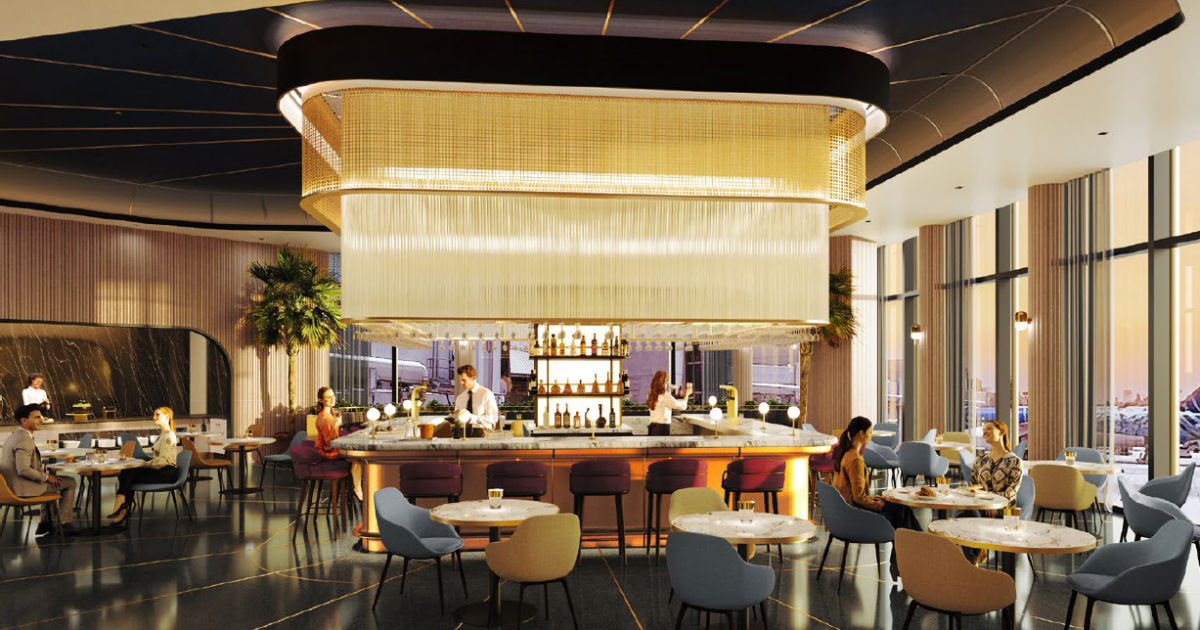
While a swanky airport lounge can’t alleviate Los Angeles International Airport’s infamous curbside gridlock, it can make it become a more distant memory.
The latest predeparture sanctuary that will land at LAX? It’s from a company best known for its bank branches. Chase announced on Thursday it will open a 9,234-square-foot Sapphire Lounge at Tom Bradley International Terminal (TBIT), near Gate 148. An opening date was not shared.
Dana Pouwels, head of airport lounge benefits and strategic partnerships for Chase, said the company is investing in meeting its customers where they are.
“Los Angeles is home to many cardmembers and a popular destination among Chase travelers,” Pouwels said. “And as a native Angeleno who frequently travels through LAX to visit home, I’m excited to bring a Chase Sapphire Lounge to my home city.”
Based on renderings, the premium Chase space will feature expansive tarmac views — a first for a lounge in TBIT’s main concourse — along with a dramatic waterfall-style chandelier above a granite and wood bar. While Chase was mum on proposed amenities, if it’s anything like the company’s other lounges now at five airports, expect it to skew higher-end.
The first U.S. Sapphire Lounge for Chase debuted in Boston one year ago. Features include a gourmet buffet and à la carte dining (their Sapphire burger is a particular standout); dedicated wellness and shower rooms; and a residential-inspired design meant for both work and leisure. Meanwhile, the LaGuardia Airport location in New York that opened earlier this year even offers complimentary facials and ultra-high-end private suites (for a hefty additional fee).
Pouwels said the “space will pay homage to Los Angeles while embodying local modern elements that celebrate the culture of the city.”
To get unlimited access to Chase Sapphire Lounges in the U.S., travelers must be enrolled in the $550-per-year Chase Sapphire Reserve with Priority Pass membership. Those with a Priority Pass membership from another premium travel credit card (such as an Amex Platinum or Capital One Venture X) can enter a U.S. Sapphire Lounge once each calendar year at no cost.
Currently, there are no Priority Pass-accessible lounges at LAX, so Chase’s lounge will be a boon to a wide range of travelers once open.
The airport lounge wars continue
Lounge competition is fierce, especially among the major credit card companies. Access has widened dramatically in recent years as issuers push for premium card sign-ups and build out their own branded spaces. While that means more crowded lounges, it also means more options for travelers.
in 2013, American Express entered the business of owning and operating airport lounges with the Centurion network. More recently, Chase’s Sapphire portfolio and Capital One’s lounges are the answer to the incumbent.
At LAX, Amex opened its Centurion Lounge in 2020, just a few steps away from Chase’s future site. The nearly 14,000-square-foot area features a variety of luxe amenities, including a bespoke food menu from executive chef Nancy Silverton, a spa area with chair massages and mini-manicures, and shower suites.
Dave Jones, deputy executive director of commercial development at Los Angeles World Airports, says that lounges improve the travel experience, especially as the airport redevelops. “LAX looks forward to providing our guests with more lounge options based on their consumer preferences, as well as accommodating the growing demand for lounge access,” he said.
Other LAX lounges in the pipeline
Chase isn’t the only player set to open a new lounge at the airport. Air France will unveil its first-ever LAX lounge at TBIT on June 21.
A carrier spokesperson said L.A. is one of the “most important markets for Air France” and is part of a wider global investment in lounges. When it opens, the LAX location will become the sixth Air France lounge in the U.S., joining Washington-Dulles, Houston Intercontinental, San Francisco, New York JFK and Boston.
Meanwhile, over at Terminal 4, Delta Air Lines will open a high-end Delta One Lounge by the end of 2024. It will feature an outdoor terrace, over 10,000 square feet of space, and a seamless connection from an exclusive check-in area for Delta One passengers.
It’s part of the carrier’s strategy to offer a new “premium” tier of amenities for international business-class guests. “Premium lounge customers should feel welcomed and known when they walk in the door, just as they would at their favorite hotel or restaurant,” said Claude Roussel, vice president of Sky Club and lounge experience at Delta.
The first Delta One lounge will open in New York in late June.
Lifestyle
NPR’s Morning Edition invites your thoughts on marriage

For our upcoming summer series, NPR’s Morning Edition wants to hear your thoughts on marriage.
Aleksandr Zubkov/Getty Images
hide caption
toggle caption
Aleksandr Zubkov/Getty Images
This summer, Morning Edition brings you a series on love and marriage!
Whether married or not, we want to hear from you! Fill out the form below and someone from our team may reach out to hear more. You can also upload your responses as a voice memo, while keeping each answer to less than a minute. Please submit responses by Sunday, June 16 at 11:59 p.m. Eastern Time.
Your submission will be governed by our general Terms of Use and Privacy Policy. As the Privacy Policy says, we want you to be aware that there may be circumstances in which the exemptions provided under law for journalistic activities or freedom of expression may override privacy rights you might otherwise have.
-

 Movie Reviews1 week ago
Movie Reviews1 week agoFilm Review: I Used To Be Funny offsets its humorously-adjacent title with a dark, heartbreaking temperament. – The AU Review
-

 World1 week ago
World1 week agoEconomy, migration: Voters' main concerns ahead of elections
-

 Politics1 week ago
Politics1 week agoTrump campaign accelerates vetting of potential running mates
-

 News1 week ago
News1 week agoWhat is D-Day? How the Normandy landings led to Germany’s defeat in World War II | CNN
-

 News1 week ago
News1 week agoWoman handcuffed in police car hit by freight train reaches $8.5M settlement
-
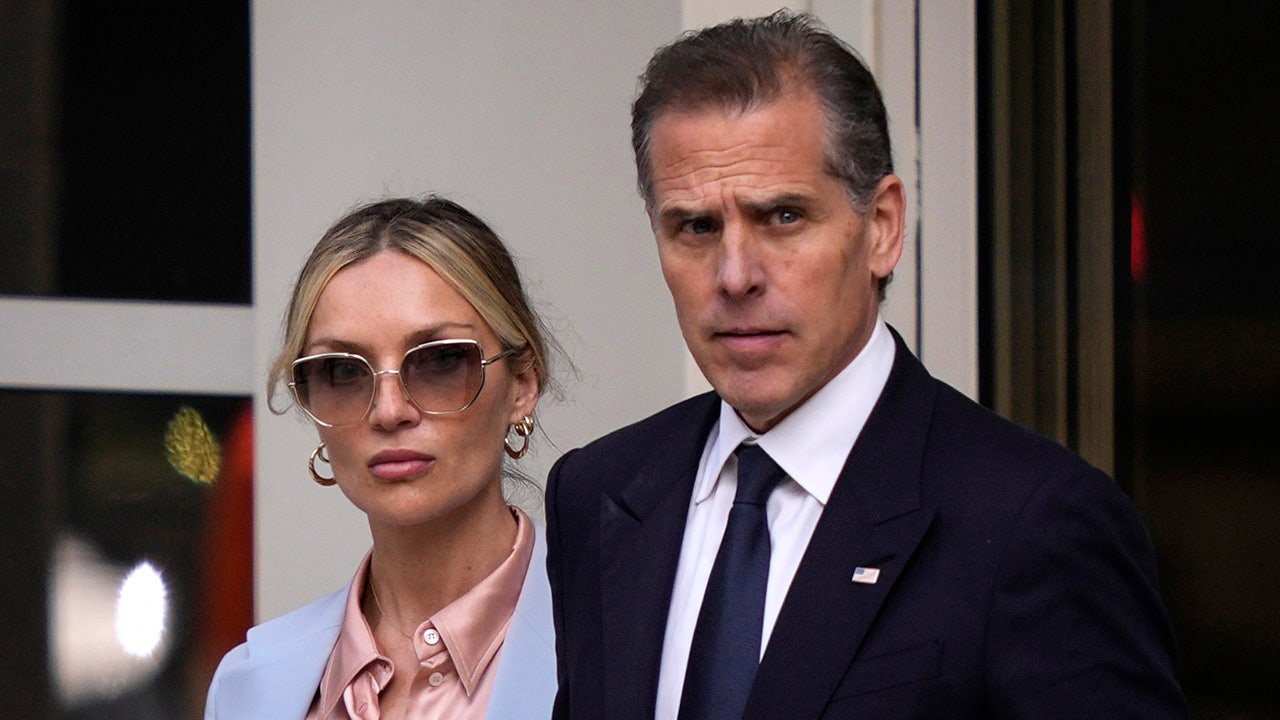
 Politics1 week ago
Politics1 week agoHunter Biden trial enters 3rd day with cross-examination of FBI agent
-
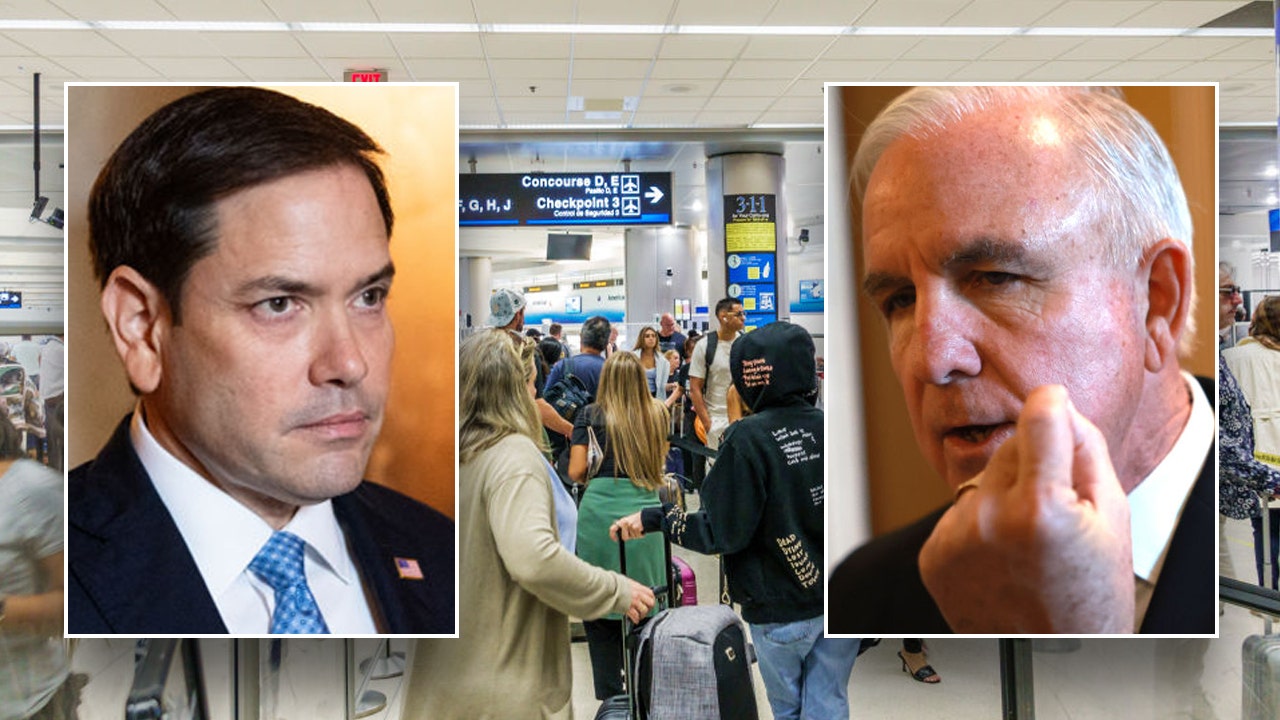
 Politics1 week ago
Politics1 week ago'It's absurd': Congress takes bipartisan action after Cuban officials' tour secure parts of major airport
-

 World1 week ago
World1 week agoFamine ‘likely’ already stalking northern Gaza: Report












